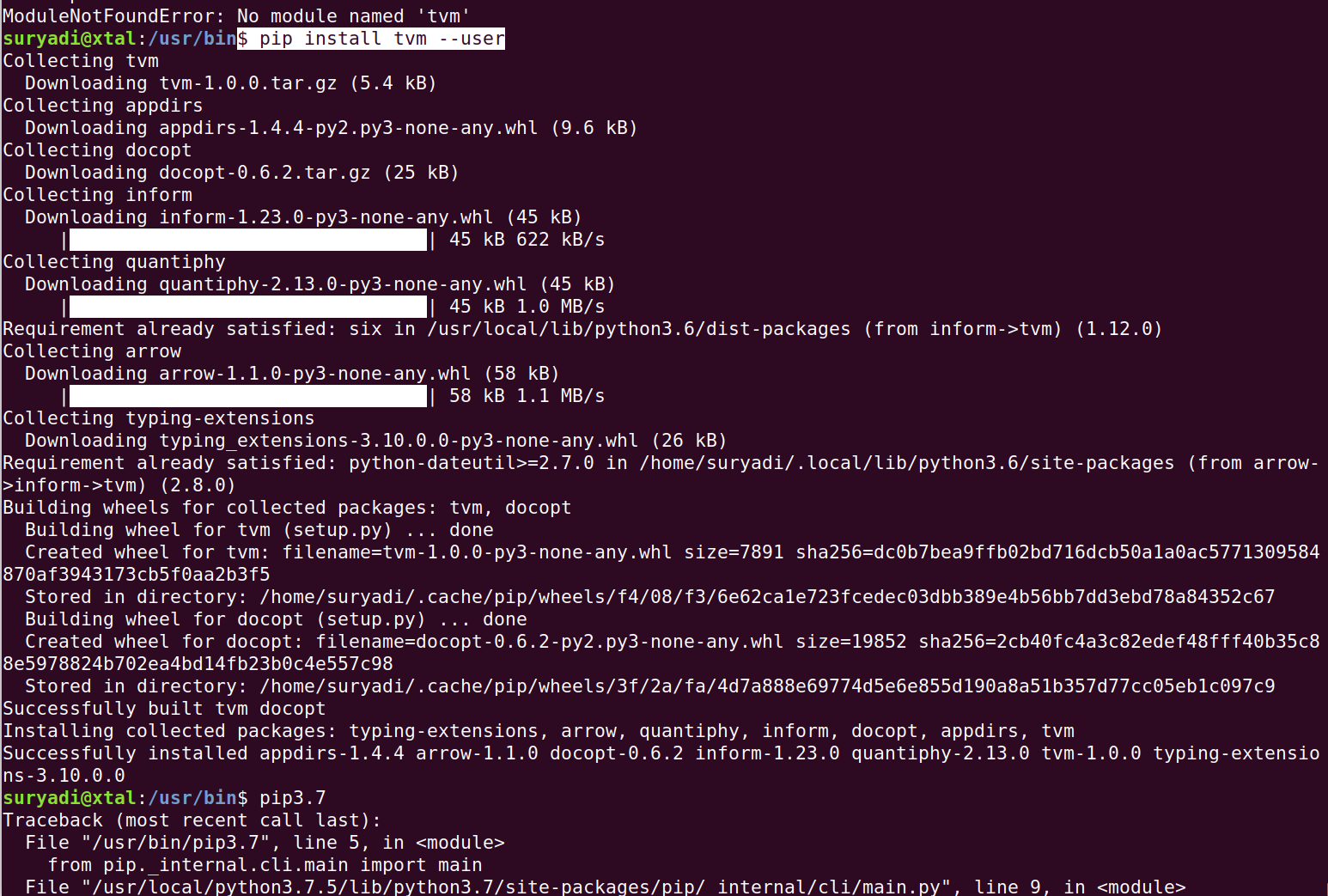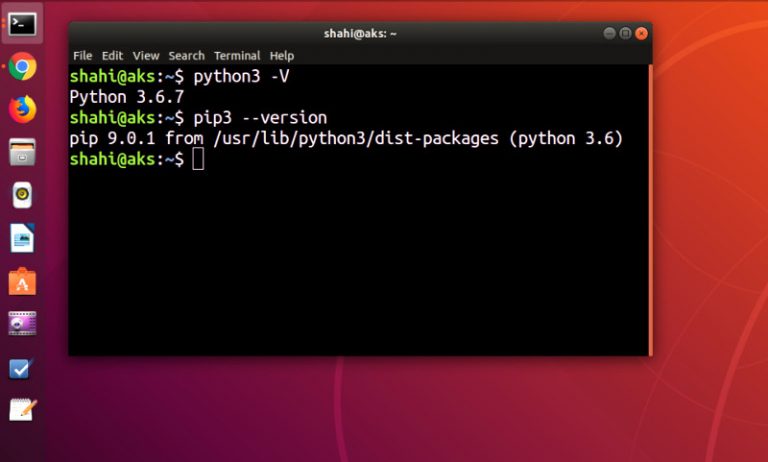


Finally, make sure that you have the latest version of pip for Python.To install the requirements, enter the following pip command: You have the option to install a file – requirements.txt – which contains a list of all the packages that can be installed using pip.Verify whether pip has been installed correctly by running this command:.Begin installing Python 2 and pip by running the following command:.Update the repository package list by inputting this command:.

Make sure that your Ubuntu 18.04 system is running Python 2 by entering the following command to the terminal:.On Ubuntu 18.04, Python 2 and pip are not installed by default. In the following sections, you will find step-by-step instructions on how to install pip for Python on Ubuntu 18.04 and Ubuntu 20.04. However, pip for Python 2 uses different commands depending on which Ubuntu version you’re running. How to Install Pip for Python 2įirst, let’s go over how to install pip on the Ubuntu operating system for a machine that runs Python 2. We will also go over basic pip commands, including how to install a pip package. This section will explain how to install Pip on Ubuntu using Python 2 and Python 3.


 0 kommentar(er)
0 kommentar(er)
